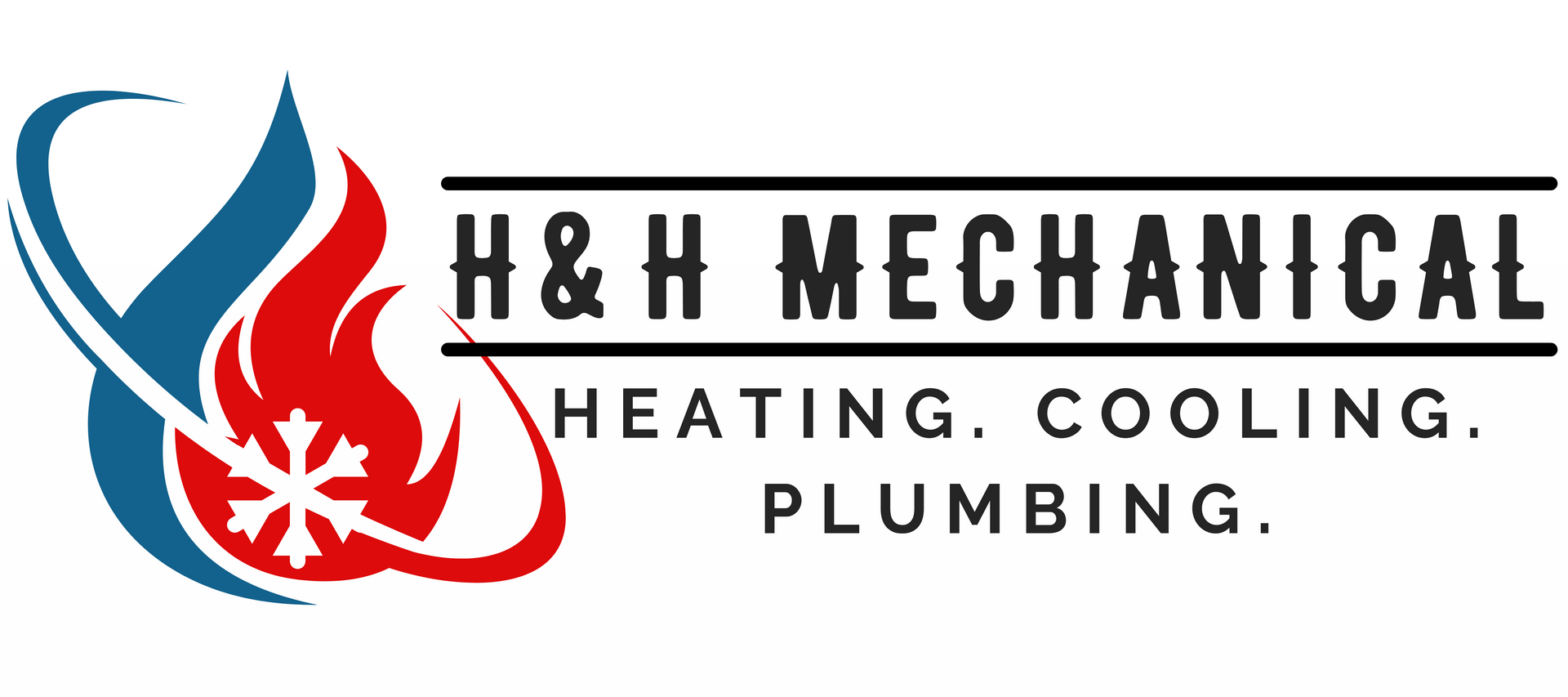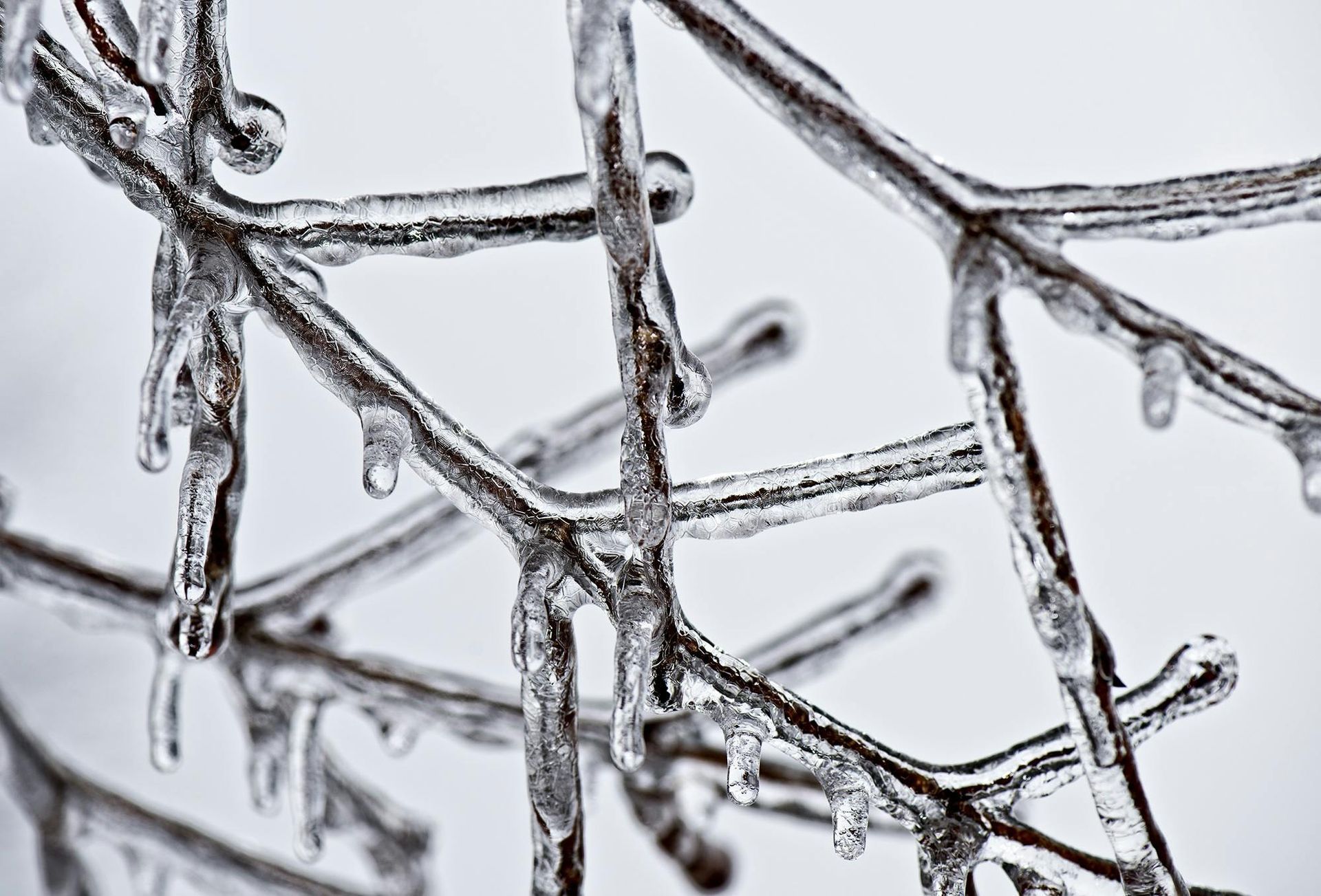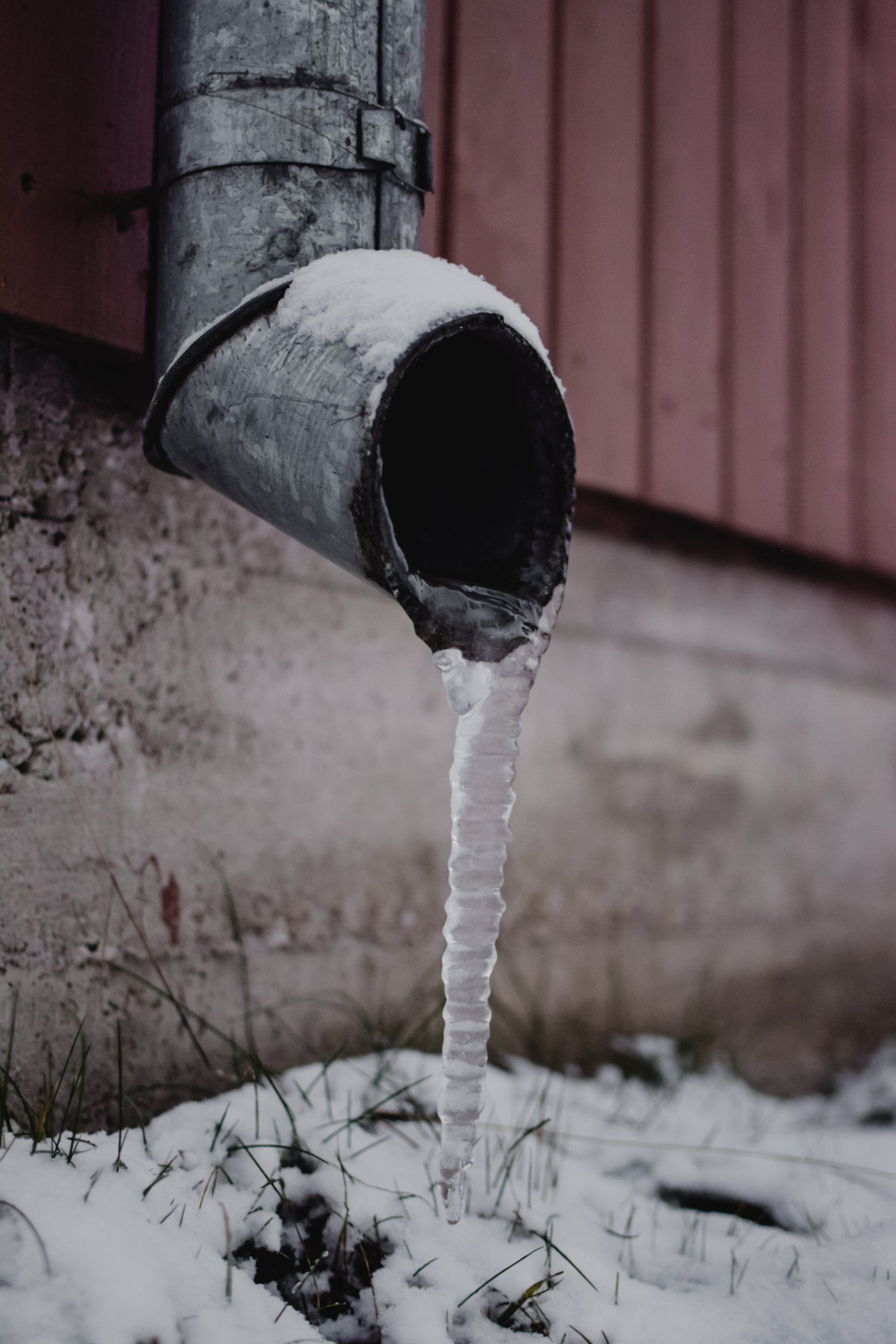Unlocking Savings: The Impact of Programmable Thermostats on Your Budget
In the quest to optimize household energy consumption and slash those perennially high utility bills, homeowners and renters alike are turning towards smarter, more efficient solutions. Chief among these innovations is the programmable thermostat, a device that, on the surface, seems rather unassuming, yet harbors the potential for significant financial savings and environmental benefits.
The Promise of Programmable Thermostats
Before diving into the numbers, let's understand why programmable thermostats have become a staple in energy-efficient homes. These devices allow you to automatically adjust the heating and cooling settings in your home for specific times of the day, ensuring comfort when you're home and energy savings when you're not. The convenience of customizing temperature schedules to fit your lifestyle is possibly its biggest allure, eliminating the need for manual adjustments and the risks of forgetting to turn off the system when it's not needed.
Economical Insights: Understanding the Savings
Now, to answer the burning question: What are the average savings after installing a programmable thermostat?
According to the U.S. Department of Energy, homeowners can save up to 10% a year on heating and cooling by simply turning their thermostat back 7°-10°F for 8 hours a day from its normal setting. Given that the average household spends about $2,200 a year on utility bills, with nearly half of that amount accounting for heating and cooling expenses, the potential savings could be significant – up to $220 annually.
However, actual savings can vary widely based on several factors:
- The Efficiency of Your HVAC System: Older HVAC systems might not be as responsive or efficient as newer models, potentially affecting savings.
- Insulation and Home Sealing: Well-insulated and sealed homes retain temperature better, making programmable thermostats more effective.
- Climate: Households in regions with more extreme temperatures might see more substantial savings due to the higher costs associated with heating and cooling.
- Lifestyle: The amount you save will also depend on your personal comfort preferences and how well you optimize the programmable thermostat settings to match your schedule.
Beyond the Numbers: Additional Benefits
Aside from the direct financial savings, programmable thermostats offer other advantages worth considering:
- Enriched Comfort: By customizing temperature settings to your daily schedule, you can ensure your home is always at the ideal temperature.
- Convenience and Control: Many modern programmable thermostats come with Wi-Fi capabilities, allowing you to adjust settings remotely.
- Environmental Impact: Reducing energy consumption doesn't just save money; it's also a step toward reducing your carbon footprint.
Making the Switch: What to Expect
If you're considering upgrading to a programmable thermostat, the initial investment can range from $20 for a basic model to upwards of $250 for a smart thermostat with advanced features. Installation is typically straightforward, but compatibility with your existing HVAC system is crucial. It's always a good idea to consult with a professional to ensure you're making a choice that aligns with your home's specifications and your personal needs.







